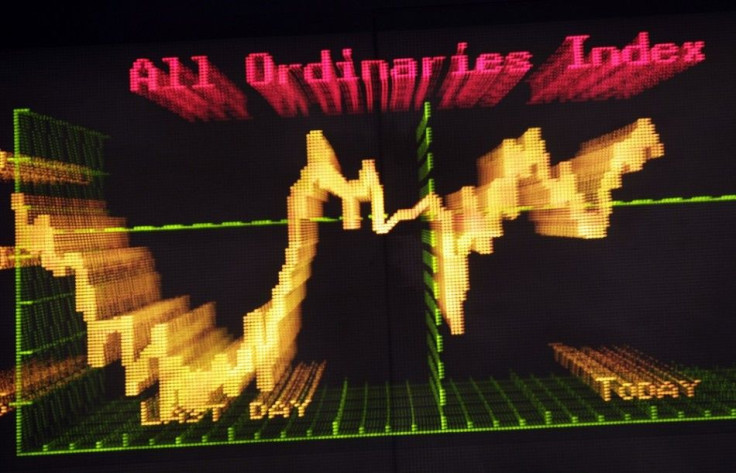Australian Stock Market Report - Morning May 11, 2015

- In US economic data, non-farm payrolls (employment) rose by 223,000 in April, near market forecasts. But March job growth was revised downward by 41,000 to growth of only 85,000. The unemployment rate fell from 5.5% to a 4-year low of 5.4%. Average earnings rose by just 0.1%.
- In China, producer prices fell by 4.6% over the year to April (forecast: 4.4% decline). Consumer prices rose by 1.5% over the year to April (forecast: +1.4%). On Sunday the People's Bank of China cut official rates by 25 basis points.
- European shares rose on Friday with investors encouraged by US employment data and the decisive UK result. The FTSEurofirst 300 rose by 2.8% with the German Dax up by 2.7% while the UK FTSE lifted by 2.3%. Mining shares also rose in London trade with BHP Billiton up by 1.5% while Rio Tinto lifted by 1.0%.
- US sharemarkets rose on Friday. While the firm jobs data highlighted a healthy economy, data wasn't strong enough to cause the Federal Reserve to bring forward the timing of rate hikes. The Dow Jones rose by 267 points or 1.5% with the S&P 500 index up by 1.4% and the Nasdaq gained 58 points or 1.2%. Over the week the Dow rose by 0.9%, the S&P 500 rose by 0.4% while the Nasdaq fell by less than 0.1%.
- US treasury prices rose on Friday (yields lower) after traders concluded that the Federal Reserve will remain patient in determining the timing of rate hikes. US 2 year yields fell by 5 points to 0.572% while US 10 year yields fell by 7 points to 2.142%. Over the week US 2 year yields fell by 2 points and US 10 year yields rose by 1 point.
- Major currencies were mixed against the greenback over the European and US sessions on Friday. The Euro gravitated between US$1.1180 and US$1.1280 and ended US trade around US$1.1200. The Aussie dollar held between US78.80c and US79.65c before ending US trade near US79.30c. And the Japanese yen lifted from 120.23 yen per US dollar to JPY119.59 and was around JPY119.79 at the US close.
- World oil prices were mixed on Friday. The world remains over-supplied with crude but US job growth was in line with expectations. China imported more oil in April. And traders focussed on the upcoming hurricane season in the US. Brent crude fell by US$15c or 0.2% to US$65.39 a barrel while US Nymex crude rose by US45c or 0.8% to US$59.39 a barrel. Over the week Brent fell by 1.6% but Nymex rose by 0.4%.
- Base metal prices fell by up to 2.0% on Friday with lead down the most. But nickel rose 1.1% and aluminium rose 0.2%. Over the week metals fell up to 4.5% but nickel rose by 4.0%. The Comex gold futures price rose by US$6.70 an ounce or 0.6% to US$1,188.90 per ounce. Over the week gold rose by US$10.80 or 0.9%. Iron ore rose by US50c on Friday to US$60.50 a tonne. Over the week iron ore rose by US$4.30 a tonne or 7.7%.
Ahead: In Australia, the NAB business survey is released. In the US, no major economic data is released.
[Kick off your trading day with our newsletter]
More from IBT Markets:
Follow us on Facebook
Follow us on Twitter
Subscribe to get this delivered to your inbox daily
MEET IBT NEWS FROM BELOW CHANNELS
Editor's Pick






